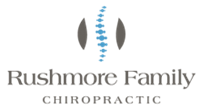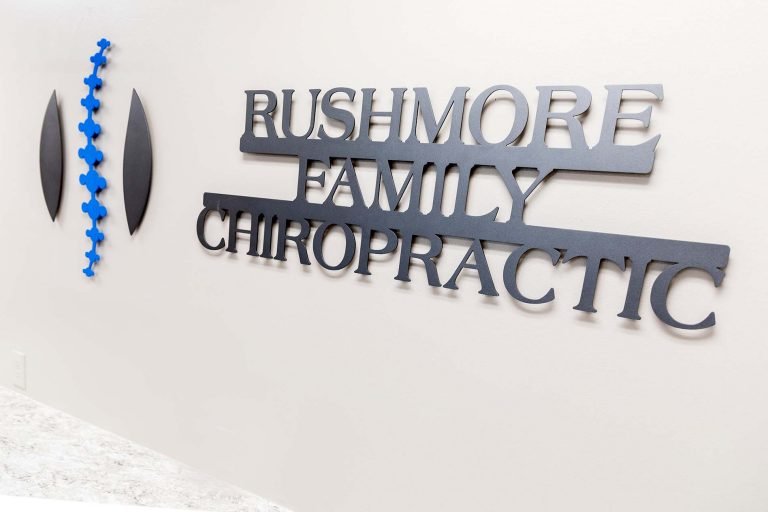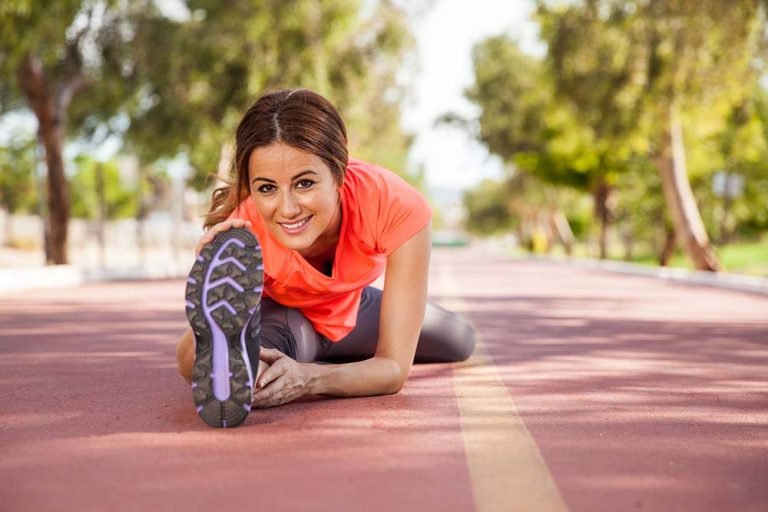We’re embarking on a new blog series about getting and staying in shape, through the decades. Rushmore Family Chiropractic is committed to providing thoughtful information about how we all can live healthier (and longer) and certainly, physical fitness is a key part of that process.
We’re going to talk about how to get active in your teens and 20s, how to keep active in your 30s, 40s and 50s and how to gently ease into your 60s+ by maintaining a healthy and engaged lifestyle.
When we are children, energy is abundant. We’re also at our most limber and flexible, before the aches and pains of experience begin to limit our mobility. But as teens, we begin to see the first signs of the repercussions of our childhood exuberance. Some teens ignore those signs, and keep active through sports and exercise and outdoor activity. But others begin to curtail their movement at this age and those are the teens we’re addressing in this first blog of the series.
Get your Teen Moving
If you are the parent of a teenager or pre-teen and you’re beginning to notice that they are playing, running, and participating less than they were just a few years ago – pay attention. Your child is developing the patterns that they will carry for the rest of their lives. Their longevity, energy, physical strength and endurance in future decades will be connected back to these years of their lives. Are they establishing positive patterns or do you worry that they may suffer as a result of inactivity, lethargy and underdeveloped skillsets?
Teens can be susceptible to the influences around them, but no influence is greater than that of their parents. You still have the opportunity to mold and correct your teen at this age. Here are just some of the ways:
Play with your child. Toss the football around the yard, take them hiking or swimming, encourage them to walk or exercise with you.
Sign them up for sports. From rowing and archery classes, to team and individual sports, these activities not only help your child set good habits for physical fitness, they also learn healthy competition and team-building.
Create rewards. When your kids get and stay active, show them you’re paying attention. Take them on a fun outing or buy them that cool item they’ve been clamoring for. You’re teaching them to earn rewards through hard work, and helping them develop future healthy rewards for themselves as adults.
Practice what you preach. Don’t just play football or go camping or running with your kids, do it on your own as well. Surround yourself and your family with active role models and let your children see that you value your own physical fitness.
And if you’ve found yourself growing more sedentary, take a cue from your teens and accelerate your exercise and activity. Your teenager may act like you’re uncool, but you’re still the biggest role model in their lives.









